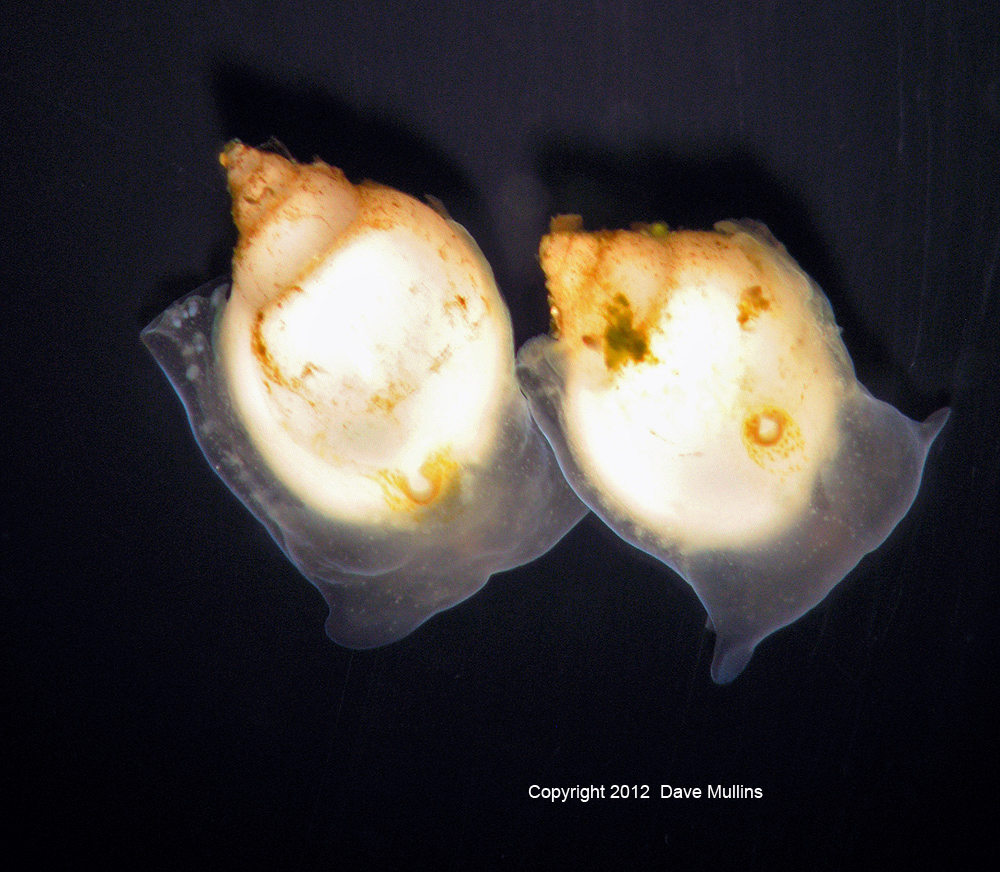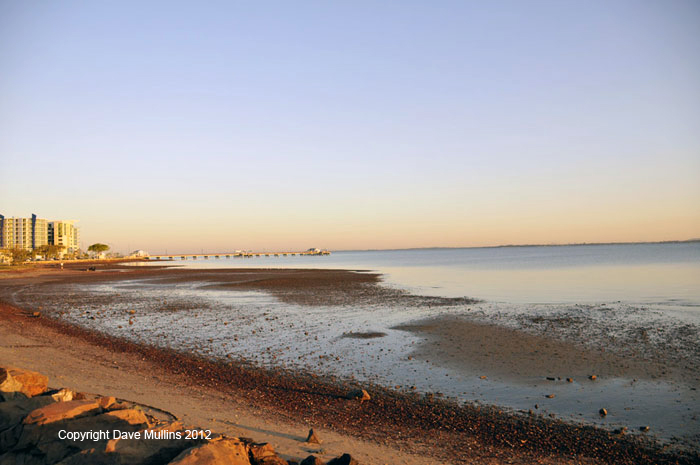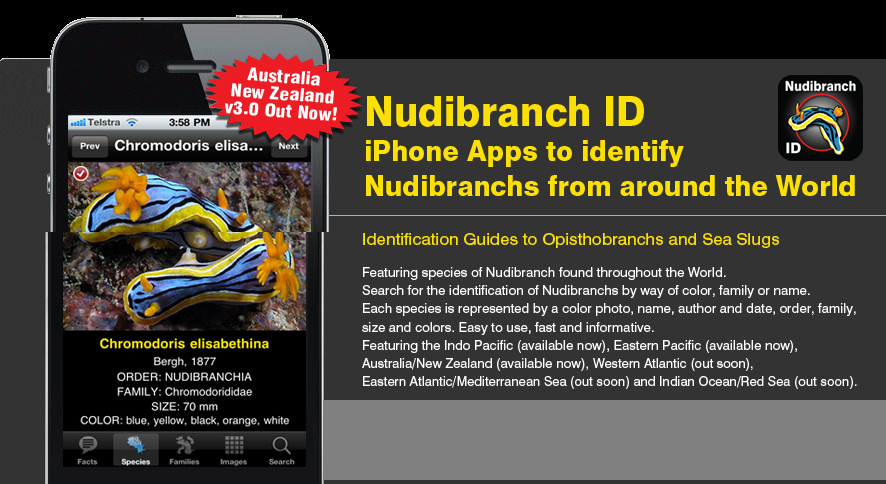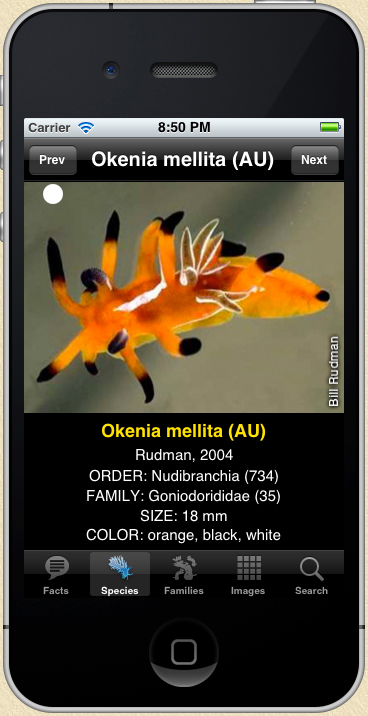 |
Ringicula sp.
Image courtesy of Dave MullinsCanon A640 mounted on trinocular stereomicroscope
Foreshore of Woody Point, Redcliffe Peninsula,
Southeast Queensland, Australia.
 |
Ringicula sp.
(Undescribed)
When weather conditions prevent us from undertaking boat or even shore dives we occupy ourselves spending time sieving the sand and silt on the protected foreshores of Moreton Bay, Queensland, Australia. This simple low-tech, low-cost pastime merely involves taking the kitchen sieve and wading out knee deep to scoop up some of the surface silt and washing it out to leave behind the shells or small creatures to examine in the mesh. We've spent hundreds of dollars on fuel to dive the reefs for little result only to do some local sieving the next day and turn up a new slug for our records. It does take patience though and a tolerance of repetitive actions but the rewards are there. The shells of many types of cephalaspideans, the headshield slugs or bubble-shells, are uncovered and those of Ringicula are amongst them. These are for the most part empty shells but very occasionally we are fortunate to collect a live specimen. Most are found by sieving in very shallow water in proximity to algal or seagrass beds. Considered the most primitive of opisthobranchs the ringiculids have a very strong and thickened external shell into which the animal can completely retract but it does not possess an operculum with which to seal it up. The shell is quite distinctive and cannot be confused with any other cephalaspidean. A simple description would be: small, white, sturdy, rounded, somewhat inflated and conical (high spired) with spiral sculptures but may be smooth, a large aperture impinged upon by up to 4 strong columellar folds on the inner lip, a considerably thickened outer lip and an anterior sinus. |
Although we have conservatively called the pictured specimens Ringicula sp. it could conceivably be Ringicula doliaris Gould, 1860. Unfortunately nearly all species of Ringicula have been described using shell characteristics only and without any reference to variability hence the difficulty in appending a specific epithet.
References:
Burn R. & Thompson T.E. (1998) Order Cephalaspidea Pp 943-959 in Beesley, P.L., Ross, G.J.B. & Wells, A. (eds) Mollusca: The Southern Synthesis. Fauna of Australia. Vol. 5. CSIRO Publishing : Melbourne, Part B.
Rudman, W.B. www.seaslugforum.net/find/ringdoli & related messages. The Sea Slug Forum, Australian Museum, Sydney.
Rudman, W.B. www.seaslugforum.net/find/ringmiscpac & related messages. The Sea Slug Forum, Australian Museum, Sydney.
Dave Mullins
Queensland, Australia
Send Dave email at marineimages@hotmail.com
November 2012
or contact Gary Cobb directly at gary@nudibranch.com.au

|

|
